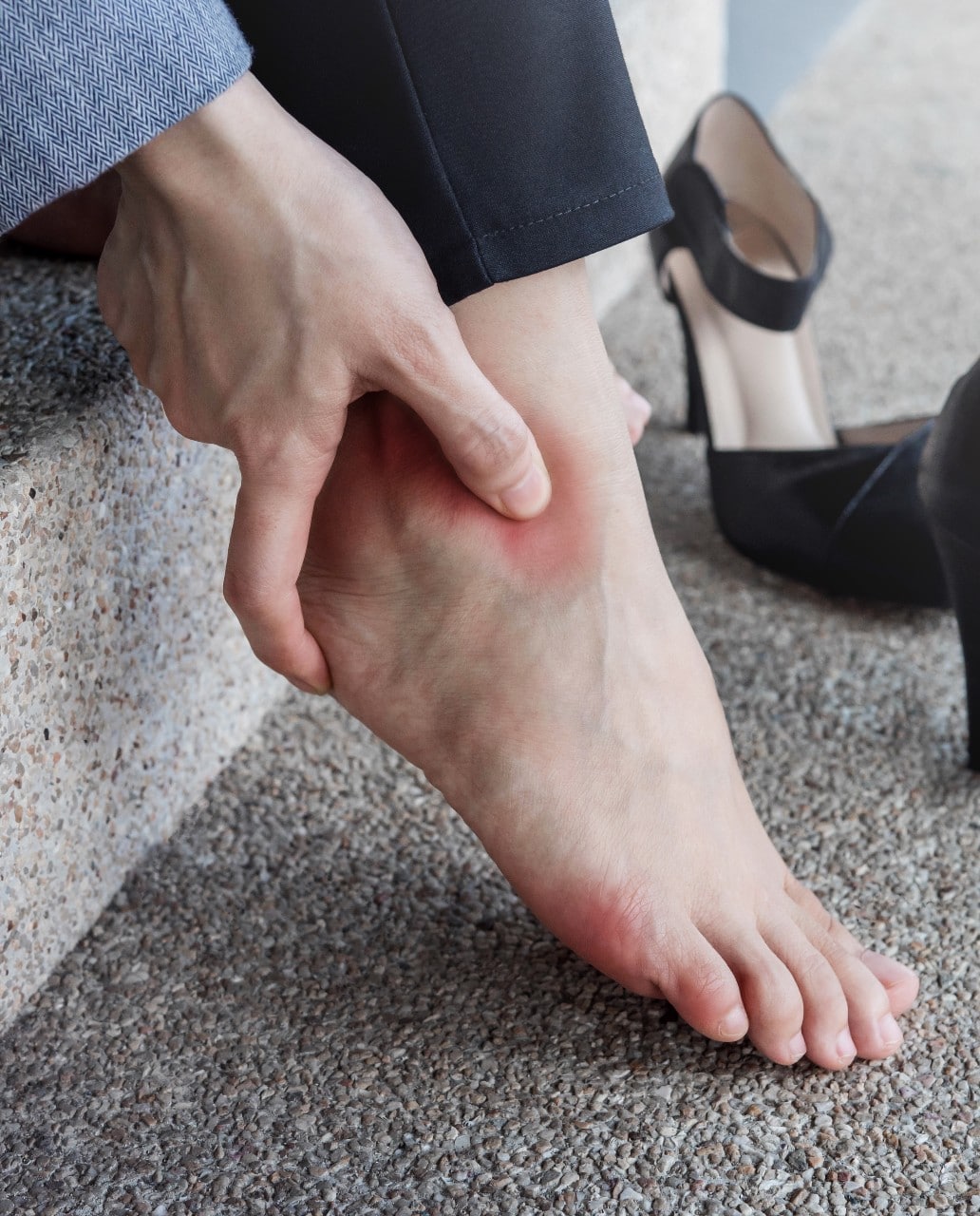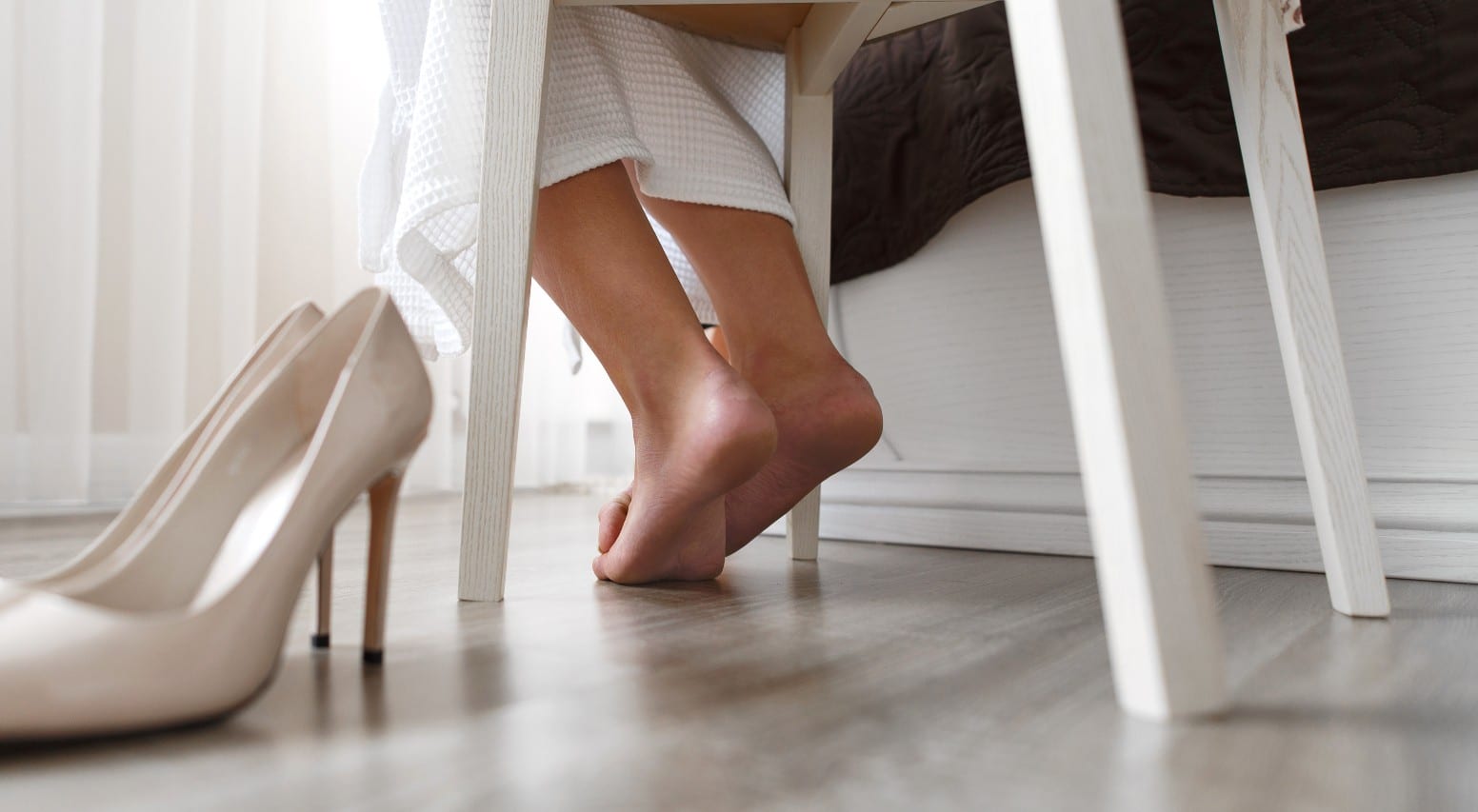Heel Pain Treatment in Kansas City
Are your heels sore, burning, or throbbing—especially when you first get up in the morning or after standing for a long time? You’re not alone. Heel pain is one of the most common complaints we see, and although it may not always be medically serious, it can have a major impact on your mobility and quality of life.
At Comprehensive Foot and Ankle Center, our skilled podiatrists focus on identifying the root cause of your heel pain and providing targeted treatment for lasting relief. Our goal is to help you move forward with comfort, confidence, and lasting relief.
Why Does My Heel Hurt?
Heel pain can develop from a range of underlying conditions, but one of the most frequent causes in adults is plantar fasciitis. Many people describe a sudden, piercing pain in the heel when they take their first steps after waking or sitting for a while. This is often due to inflammation or small tears in the plantar fascia, a thick band of tissue running from your heel to your toes.
Achilles tendinitis is another frequent cause of heel pain, resulting from irritation or overuse of the tendon that links your calf muscles to your heel bone. This condition often flares up with increased activity and can cause pain, swelling, and stiffness in the lower leg.
In active children and teenagers, especially young athletes, Sever’s disease is a common cause of heel discomfort. This condition occurs when repeated stress irritates the soft growth plate at the back of the heel during periods of rapid growth.
Other possible causes include arthritis, stress fractures, pinched nerves, previous injuries, or structural imbalances in the feet. This makes professional diagnosis and treatment essential.
What Contributes to Heel Pain?
In many cases, heel pain doesn’t stem from just one cause—it’s influenced by daily habits, physical structure, and lifestyle factors such as:
- Wearing unsupportive or worn-out shoes
- Flat feet, high arches, or gait abnormalities
- Jobs or routines that require prolonged standing or walking
- High-impact activities like running and jumping
- Carrying extra body weight
- Old injuries that haven’t healed properly
These factors can gradually place excess strain on the heel and surrounding tissues, leading to chronic discomfort if not addressed.
How We Diagnose Heel Pain
Your visit begins with a detailed evaluation that includes a physical exam, a review of your symptoms, and imaging (like X-rays) when necessary. We listen closely to your concerns and take the time to pinpoint the exact cause of your pain.
In many cases, we provide a cortisone injection during your first appointment to quickly reduce inflammation. This can offer noticeable relief within a few hours to days. From there, we’ll create a custom treatment plan focused on long-term healing and prevention.
Conservative Treatments That Work
The good news? Most heel pain can be resolved without surgery, especially when diagnosed early. Your personalized treatment plan may include:
- Custom orthotics designed to support proper foot alignment and relieve stress on painful areas
- Targeted stretching and physical therapy to enhance flexibility, restore strength, and promote healing
- Footwear guidance to ensure proper support and cushioning
- Activity modifications to reduce repetitive impact on the heels
- Icing routines, particularly helpful for plantar fasciitis symptoms
- Use of night splints to keep the foot stretched during sleep
- Temporary bracing or walking boots when needed for support during recovery
These non-invasive options are highly effective at not only relieving pain but also preventing it from returning.
Will I Need Surgery?
Surgery for heel pain is rarely needed. In fact, more than 95% of our patients find relief with conservative treatments alone. That said, postponing care may limit your options and prolong your recovery, so early intervention is key.
Take the First Step Toward Relief
When treated early, most cases of heel pain improve significantly with conservative, non-surgical care. Don’t let heel pain hold you back—schedule a consultation and take the first step toward lasting relief.
Our team at Comprehensive Foot and Ankle Center is here to provide expert, compassionate care tailored to your needs. Call us today at (816) 455-1155 or book your appointment online.


